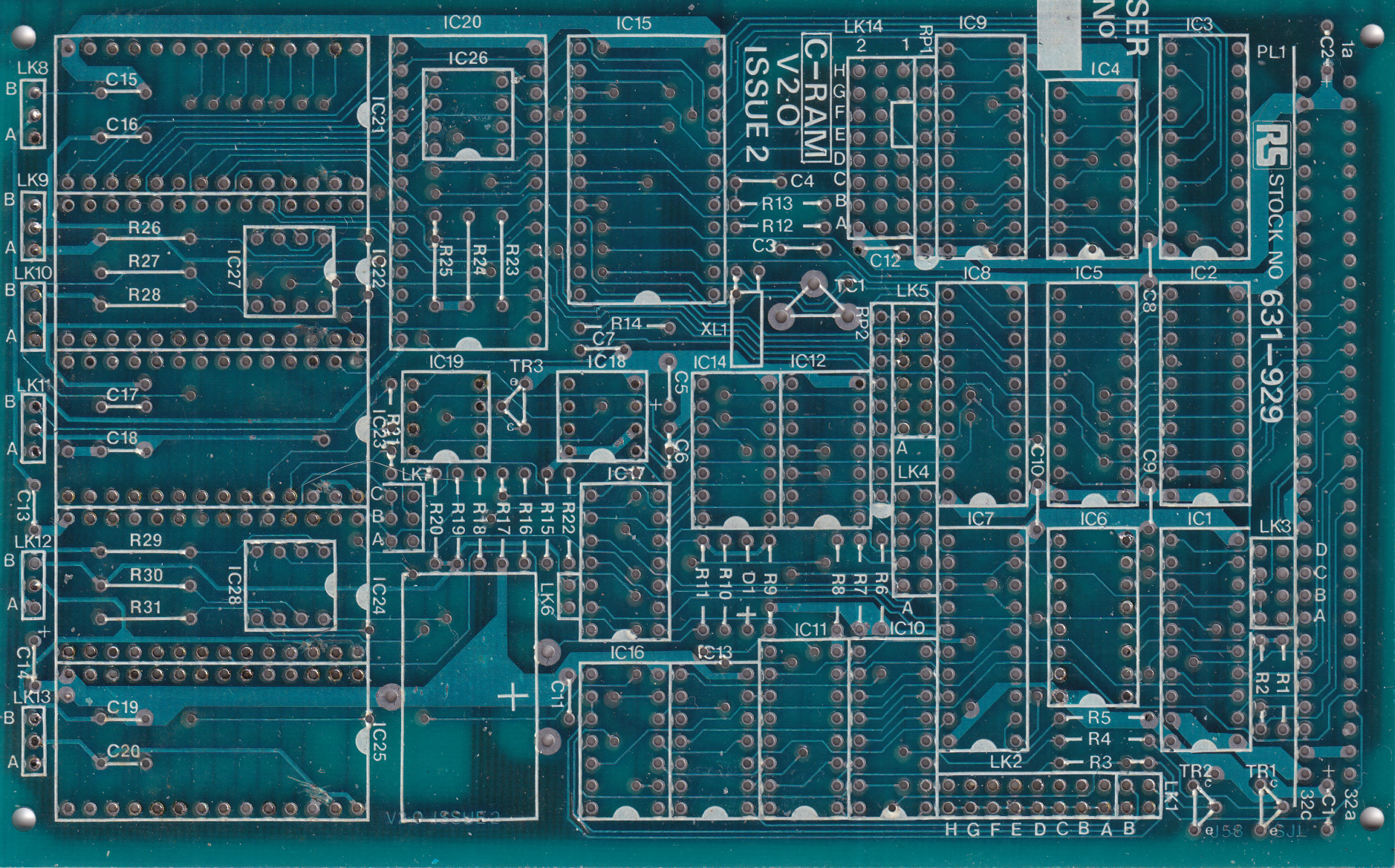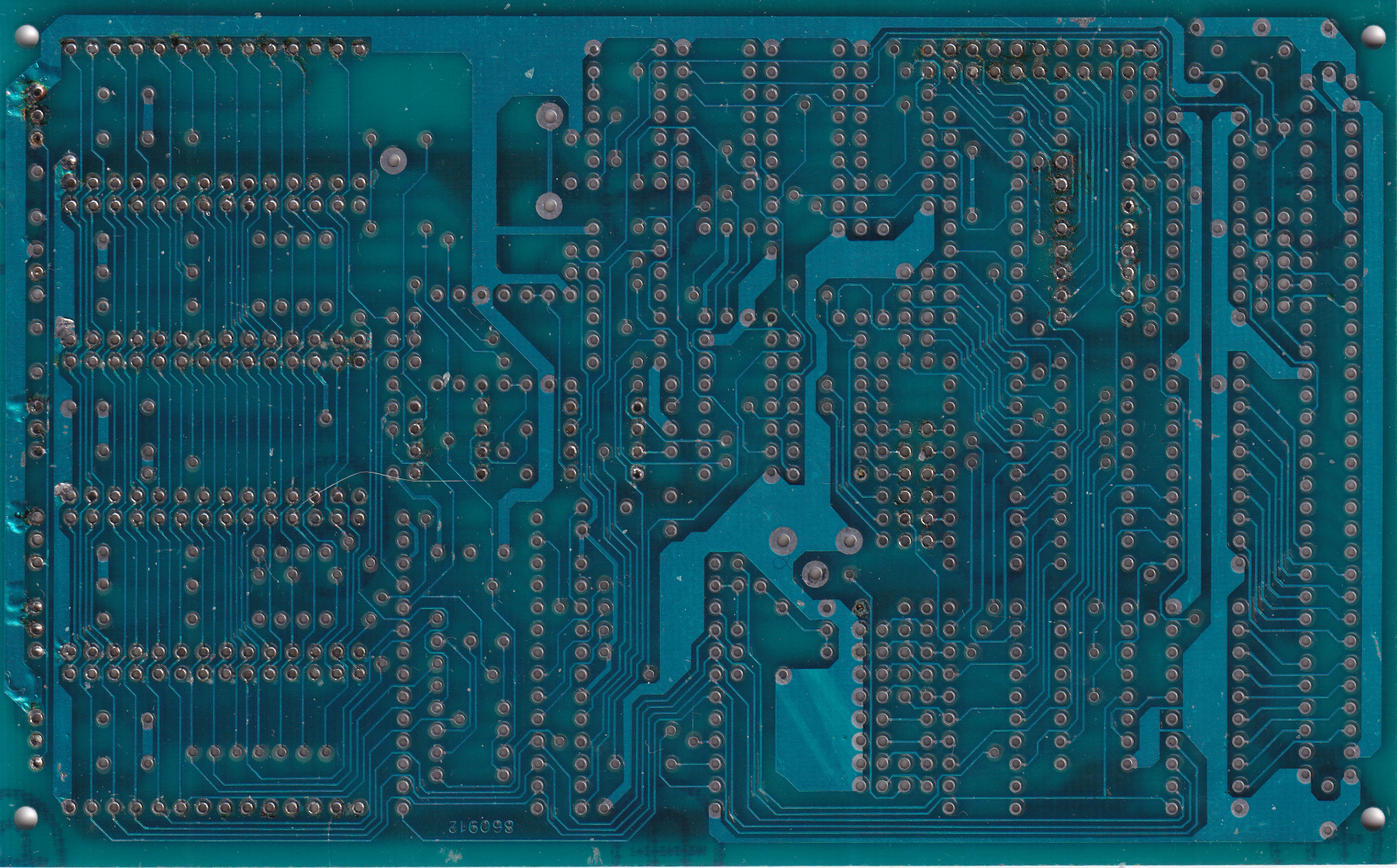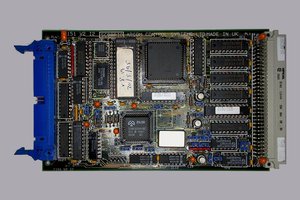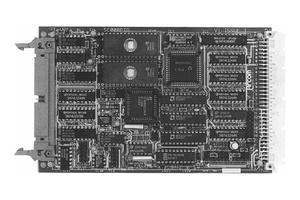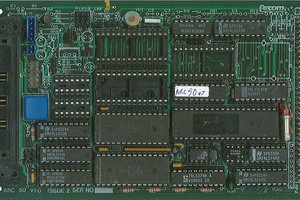In the early 1980s, RAM was expensive and separate boards were an important way to expand memory. This board had up to 6 x 8 = 48 kilobyte of battery backed CMOS RAM. These days you can get a 512 kilobyte RAM chips very cheaply, so plenty of RAM can fit on a CPU board.
The MC146818 used to be a very common RTC in a DIP28 package. These days you can get an RTC in a DIP8 or smaller package, which can also fit on a CPU board.
The board uses opto-isolators to write-protect the RAM when the power is below the safe working minimum, but these days one would use a write-protection circuit from Dallas Semiconductors.
 Keith
Keith